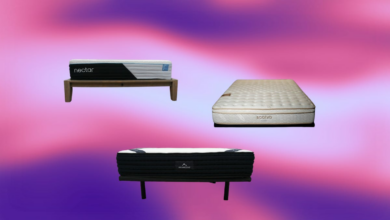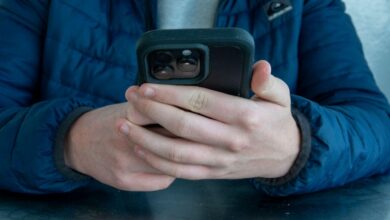How to Avoid Jet Lag and Fly in Comfort, According to an Olympic Medalist
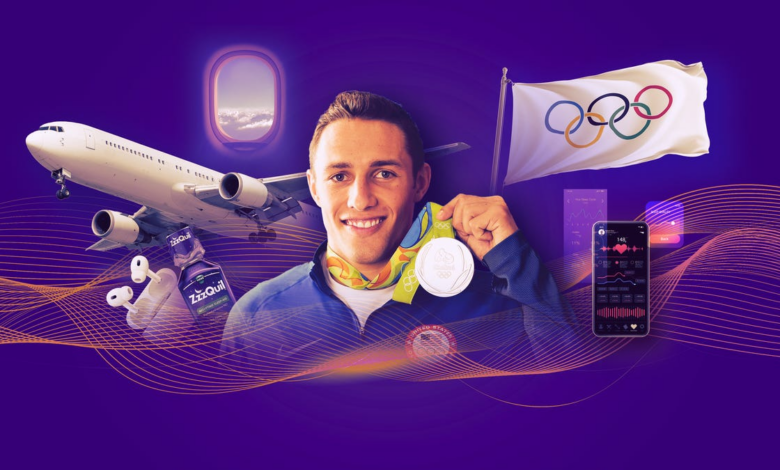
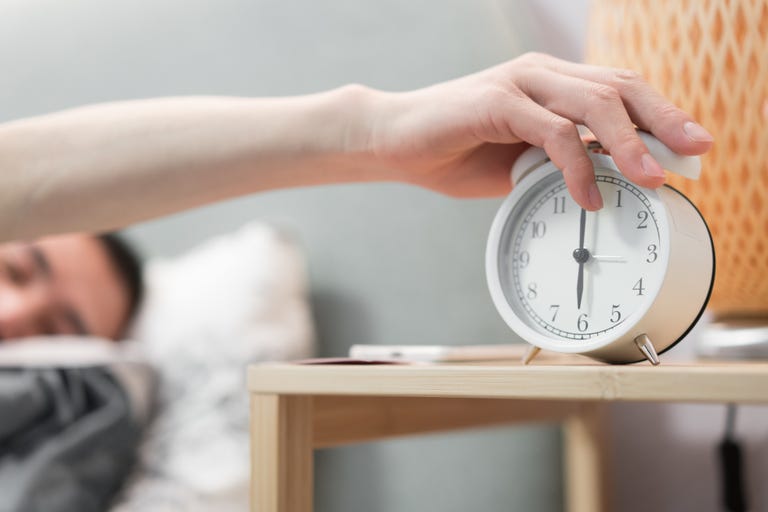
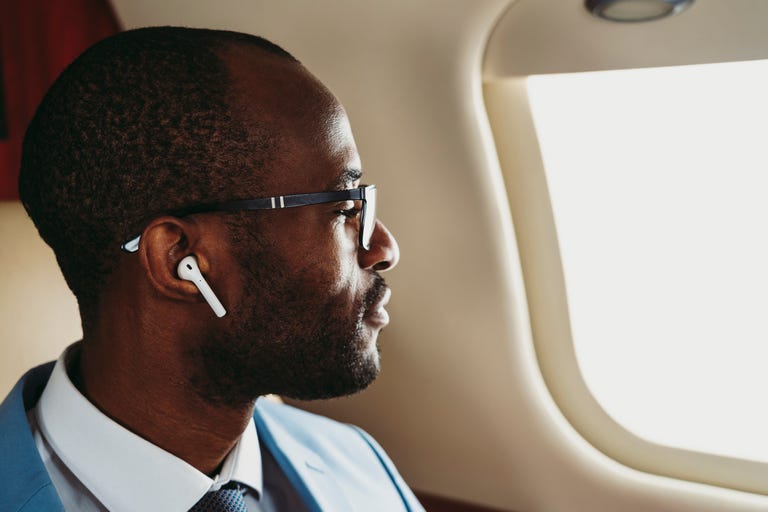
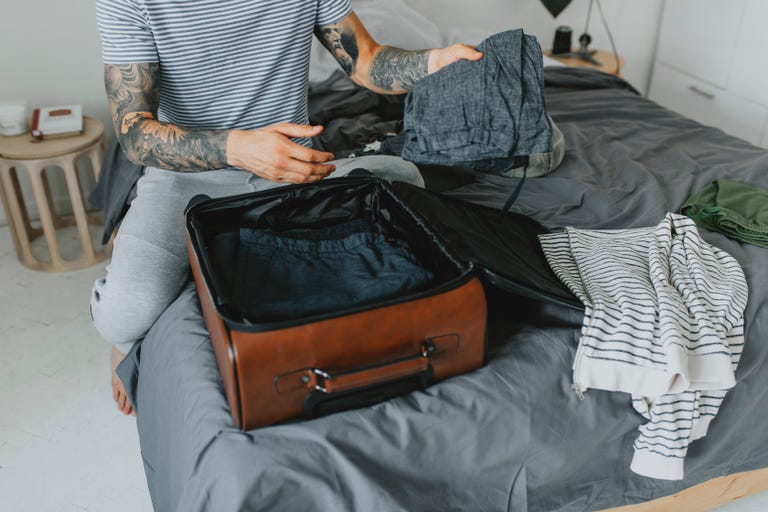
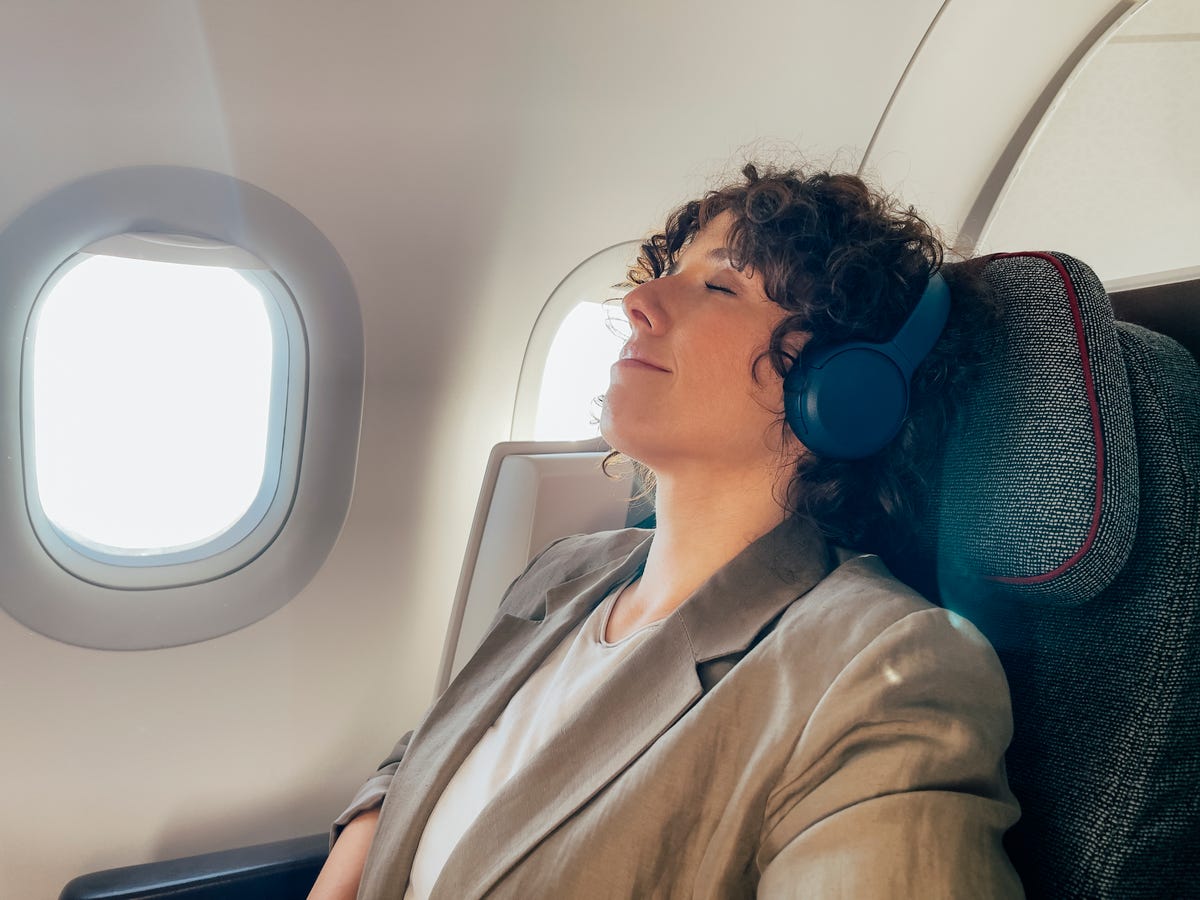
2024 is already shaping up to be a big year for travel. Airlines for America forecasts that U.S. airlines will carry a record 271 million passengers globally during the summer months this year — a 6.3% increase from last summer. Part of that increase is because of the 2024 Summer Olympics, which will soon kick off in Paris.
As athletes and sports enthusiasts alike prepare for their upcoming journeys, I sat down with U.S. Olympic Medalist Sam Dorman to garner insider travel tips and tricks. In the 2016 Rio Olympic Games, Dorman and his partner Michael Hixon won silver in the three-meter synchronized springboard. Dorman was also third in the individual springboard in the 2016 Olympics and finished sixth and seventh in synchronized springboard at the last two world championships. Dorman is now the Director of Business Development for Duraflex International, the leading manufacturer of diving boards and primary influencer of Olympic diving standards since the 1960s.
Dorman is no stranger to flying as he spends about half the year zipping around the globe. And no, you don’t have to be an Olympic athlete to heed his advice below. Whether you’re flying for work or an upcoming vacation, Dorman’s simple tips can help you travel more comfortably and may even help you avoid jet lag.
What is jet lag?
According to the Mayo Clinic, jet lag is a temporary sleep disorder that can occur after traveling through multiple time zones. Doing so disrupts the body’s internal clock, also known as our circadian rhythm, which tells your body when it’s time to sleep and stay awake.
Generally, jet lag symptoms include fatigue, digestive issues, impaired judgment, memory lapses, irritability and brain fog. A frequent flyer, Dorman is also no stranger to jet lag. “When I have jet lag, it feels like my brain is gone. I get tired and grumpy,” he said.
Fortunately, after many years and countless airline miles, he’s developed some go-to travel hacks and tips for staying comfortable enough to get that much-desired sleep on the plane. Though jet lag is not always avoidable, here are some ways Dorman gets better rest while on the go.
Travel tips and tricks
Adjust your sleep schedule
First and foremost, to avoid jet lag as much as possible, adjust your sleep schedule in advance to the new time zone. While traveling for competitions around the world, Dorman would begin to alter his sleep cycle ahead of his trip to better acclimate to the time changes. “I’d start getting on the time zone of my destination so that when I got there, I already felt significantly better than everybody else,” he explained.

Adjust your sleep schedule in small increments before traveling across multiple time zones.
Dorman would modify his sleep cycle according to the time zone in his destination, which determined whether he needed to start going to bed and waking up earlier or vice versa. This is a common practice among frequent travelers, and typically, you want the changes to be gradual — or around 30 minutes or less at a time. It can take anywhere from a few days to a few weeks for a person’s body to fully acclimate to a new time zone or around one day for each hour of time difference. Adjusting to the time zone ahead of your trip can make a huge difference and gives athletes a leg up when heading to an event or competition.
Sleep supplements
Knowing he achieved quality sleep the night before a competition helped build mental confidence, which Dorman argues is even more important than physical. “In the sport of diving, you have so many people who are so physically capable. All of these athletes could win, but who can be mentally tough enough on that day is what it comes down to. Being as mentally strong and confident as possible gives me an edge,” he said.
A large part of that mental confidence comes from getting enough sleep. “When I travel to a new destination, I want to ensure that I’m getting all my sleep, so I take sleep supplements. I can either not sleep and be exhausted, or I can take a sleeping pill and trust that I’ll get a full night’s sleep.”
It’s no surprise that getting sufficient rest was critical to Dorman’s Olympic training. He stated, “I’d always shoot for 9 hours of sleep per night, knowing I may not hit that number. If I shot for 8, I’d probably get less, so I’d always shoot above.”
After trying a myriad of sleep supplements over the years, Dorman has found ZzzQuil to be the most effective when he needs a little assistance falling (and staying) asleep on the plane. It’s important to note that what works for one person may not work for the next. Health professionals advise using sleep aids for occasional or short-term use only and to always consult your doctor before trying new supplements.
He then explained, “Wait to take your sleeping pills or supplements once the plane has actually taken off. Never take them prior to that. I learned this from experience. You take a sleeping pill before the plane takes off, and then all of a sudden, something’s wrong, and you have to deboard and go through the whole process of booking another flight as it’s kicking in.”
Read more: Best Melatonin Supplements
Clothing
It gets cold at 35,000 feet in the air and not just because of the air temperature outside the plane (which, fun fact, is around -60 degrees Fahrenheit or -51 degrees Celsius at that height). Keeping the cabin cool during a flight reduces motion sickness and helps passengers with hypoxia who are prone to fainting, which is more likely to occur in warm temperatures. If ill-prepared, it can make sleeping more difficult when you’re feeling chilly during the flight.
Dorman recommends wearing loose, comfortable clothing and layers. If it gets too warm, you can always remove layers and use them to rest your head on. His go-to travel outfit includes:
- Wool socks
- Joggers
- Long-sleeved shirt
- Oversized hoodie
- Beanie
“What you wear is very important for sleeping on a plane. I always wear wool socks because your feet tend to get cold,” Dorman explained.
Studies have shown that wearing socks to bed can help regulate your body temperature, making falling and staying asleep easier. Wool socks, specifically Merino wool socks, are an excellent option as they wick moisture and help keep your feet and toes dry.
Read more: Best Sleep Socks of 2024
Rather than bring a sleep mask or travel pillow, Dorman has a unique technique for getting some shut-eye on the plane. Once he’s ready to snooze, he puts on a beanie and pulls it down to completely cover his eyes, then pulls his oversized hood over it so he can lean comfortably against the window.
“You can get a beanie for $10. You don’t need to spend a boatload of money to make something work,” he explained.
That said, Dorman is a self-proclaimed window guy who recommends paying a little more (if your budget allows) for a window seat. If it’s a long flight and you need the guarantee of getting some rest, it’s worth the investment.
Headphones
Dorman usually brings two sets of headphones for the plane, but he’s found it’s more comfortable to wear in-ear headphones like AirPods while sleeping than larger over-ear headphones. “AirPods are good because your headphones won’t fall out. It’s nice to have a little bit of light music to drown out the sound of babies crying,” he joked.

Dorman recommends wearing in-ear headphones while sleeping on the plane.
Over-ear headphones can also be uncomfortable if you prefer to rest your head to the side or on a generous neighbor’s shoulder.
Airport showers and extra clothes
Dorman advocates taking airport showers. “If you can get into a lounge to shower, take advantage of that.” You don’t necessarily need to have a membership or hold a certain credit card to do so, either. Many lounges allow walk-up customers to purchase day passes.
Various lounge access memberships are also worth considering, depending on your budget, how often and where you travel. Priority Pass offers a network of over 1,500 airport lounges worldwide and three membership levels. LoungeBuddy is an app that allows you to book day passes for partnered airport lounges, with prices ranging from $30 to $70.
If you arrive at the airport early or have some time to kill during a delay or layover, accessing an airport lounge can be a great way to enhance your travel experience. Most provide a comfortable and quiet environment to relax and rest, offering food, beverages, Wi-Fi and shower access.
Airports and airplanes are a germaphobe’s nightmare. Not only are you airborne during the flight but so are the pathogens. Sharing such tight quarters with other people increases your risk of getting sick. Not only that, but disrupting your circadian rhythm by traveling long distances can compromise your immune system, increasing your susceptibility to illness or infections — another reason that adjusting your internal clock ahead of time is so important.
Taking an airport shower helps wash away germs from touching shared surfaces with hundreds of strangers and can decrease one’s chances of getting sick while traveling — a crucial element specifically for athletes heading to far-away competitions.

Always pack an extra pair of clothes and essential travel-size toiletries in your carry-on.
In his carry-on, Dorman always brings an extra pair of clothes and essential toiletries like deodorant. Taking the opportunity to refresh can make your long journey much more enjoyable.
Flight manners
When sharing a small space like an airplane with many others, courtesy is critical to ensuring a comfortable and pleasant ride for all. Dorman argued two points to consider when flying:
- Always pull your window shade down (unless it’s during taxi, takeoff or landing when the flight attendants ask for it to be open). Doing so helps create a darker, more conducive environment for sleeping for you and your neighbors.
- “The person in the middle seat gets both armrests. Always. Unless they don’t care about it,” Dorman emphasized.
Breathwork
It goes without saying that Olympic athletes are under enormous pressure. It can affect every aspect of their lives, especially their mental health. Dorman found that free diving after his springboard practices was an effective way to destress and focus on his goals.
“In terms of staying a lot calmer and managing myself, it was free diving training. It’s all breathwork. All you’re doing is learning how to slow your heart rate, hold your breath, manage the high CO2 and low O2 and calm yourself as much as you can,” he explained.
Though most people don’t have the ability or means to practice free diving quite like Dorman does, the fundamental key is breathwork, which can be practiced anytime and anywhere. “I’ve learned a lot of really cool skills that transfer over into other aspects of my life,” he explained. “When I’m having a rough day, I’ll breathe in slowly for 8 seconds, hold for 2, breathe out for 8 and do that until I’m chilled out. I do it on the plane, too.”
This practice is a diver’s variation of the popular 4-7-8 breathing technique, designed by Andrew Weil, M.D., also known as the relaxing breath. Out of curiosity, I tested both methods myself and found Dorman’s 8-2-8 ratio much more effective. It even helped calm my nerves during rough turbulence on my most recent flight, which usually sends my flight anxiety through the roof.
Finding a breathwork technique that works for you can be extremely helpful in times of high stress. It’s a simple and effective way to reduce anxiety, relax your mind, calm your nervous system and even help you fall asleep.
Read more: 5 Breathing Exercises to Help Banish Stress
Visualize and compartmentalize
As part of Dorman’s Olympic training mindset, he emphasized the importance of focusing only on the things within your control. “All you can really control is what you eat, sleep and hydrate with, so those are the three things I always try to focus on. You never want to focus on the outcome — you want to focus on what you’re in control of. If it’s out of your control, you can’t stress that,” Dorman explained.
Dorman’s sports psychologist, Dr. Rob Seifer, worked at the time for the Miami Marlins and the University of Miami Athletics. “[Seifer] taught me how to compartmentalize things. I had a tendency to jumble things together, and it would all stress me out. But he taught me how to focus on one thing, forget about everything else, get that done and then move on to the next thing.”
Visualization was a huge component of Dorman’s mental training exercises. “We’d do a lot of visualization with dives. I’d picture how [the dive] looks, how it feels and the keys for each dive. You don’t want to overwhelm yourself, so focus only on one or two keys at a time. For me, that could be something from my hurdle and something from the entry. Whatever is imperative for me to get the dive to do what I wanted it to do. I always had notes on my phone of what I needed to do for each dive, and then I’d go through those notes after each practice. If all of a sudden that thing you were doing stopped working, then what else can you focus on?”
Visualization techniques are a great tool for everyday life. By visualizing yourself completing a task or accomplishing a goal using all five senses, you trick your brain into believing it’s already true. Visualization can also help reduce anxiety, build self-confidence and diminish distractions along the way.

Breathing techniques and focused visualization can help reduce anxiety.
Sleep tracking
Dorman’s Team USA coach encouraged him to listen to audio for sleeping, such as soothing music and soundscapes, and use sleep-tracking devices to monitor his sleep. At first, Dorman found that paying attention to and tracking his sleep helped him sleep better — it was a fun challenge for him to try “performing” well and to see his sleep scores improve. However, it wasn’t always helpful.
Dorman wore a Whoop band as a sleep tracker but would remove it and stop tracking his sleep leading up to competitions. He explained, “I didn’t want to have all these different things telling me how I should feel. If I had a night of poor sleep, I didn’t want to wake up and see those bad numbers and think, ‘Oh, well, now I’m going to perform terribly today.’ Seeing those numbers would negatively influence my mindset, so a week or a week and a half prior, I would get rid of it and just focus on my body and how I felt.”
This is what experts at the Journal of Clinical Sleep Medicine call orthosomnia — a condition in which people become concerned or obsessed with tracking and improving their sleep. It can have adverse effects, such as causing anxiety and stress about attaining “perfect” sleep scores and influencing how a person feels. Sleep tracking can be a helpful tool for monitoring your overall health and ensuring you’re getting enough rest, but, as Dorman did, it’s important to recognize if tracking becomes more harmful than beneficial for you.
Read more: Obsessing Over Your Sleep Data Is What’s Keeping You Up
As an Olympic medalist who spends most of the year zipping around the world, Dorman had endless travel hacks and recommendations. Try one or two (or all) of these tips to stay well, be as comfortable as possible and fly like an Olympian on your next journey.


